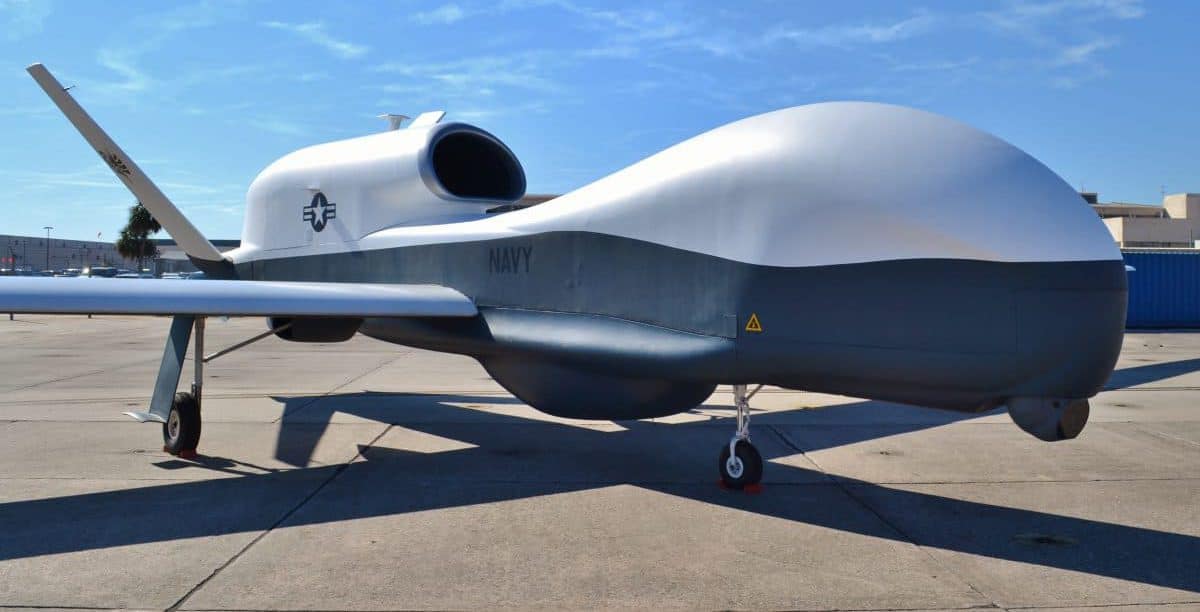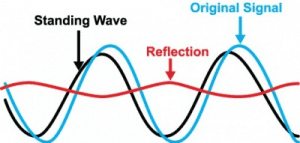Radio wave applications have come a long way since it was first theorized by James Clark Maxwell in his 1873 work “A Treatise on Electricity and Magnetism”, where he laid out mathematical theories showing the potential applications of radio technology. Only fifteen years later, German Physicist Heinrich Hertz became the first person to produce, transmit, and receive electromagnetic waves. At the time, Hertz considered his discoveries to have no practical use, going as far as to say “It’s of no use whatsoever”. One hundred and thirty-one years later, we now know the profound advancement RF and Microwave designs have made across the globe; including some ways you might not have even thought about.
Today nearly all people are interconnected wirelessly, and this evolution has transformed nearly all aspects of our lives. Learning, teaching, communicating, entertainment, healthcare – every industry has been sculpted around wireless RF technologies. Today, all of human knowledge and history rests in the palm of our hands, transmitted via an internet connection from a satellite orbiting one hundred miles above our heads. The depth doesn’t stop there though – each individual satellite must communicate with one another as well as the main controller on the ground.
None of this would be possible without the usage of radio wave technologies. Not all uses of wireless RF devices are as grand, though. Conservationists in Africa use radio telemetry to track endangered species in their vast habitats. Hospitals utilize wireless RF to track hundreds of patients’ vital signs at once to allow for faster reaction times when it’s most needed.
Our world has forever been shaped by the pioneering into radio frequencies of the scientists, inventors, and engineers that came before us.
There is no place this is truer than the frontlines on the battlefield. The U.S. Airforce operates over ten thousand unmanned aircraft across the world. That’s nearly ten times the amount of manned aircraft in operation. These unmanned aircraft, or UAVs, are controlled through thousands of different sensors and controls, most of which are transmitted through wireless RF and Microwave signals.
If you would like to learn more about the technology behind UAVs check out our recent blog about Extending the Range of a Low Power UAV Radio. UAVs are just one of the ways RF technology is revolutionizing the Defense and Aerospace industry. Advancements in telemetry, GPS, and the growing need to ruggedize RF modules is pushing everyone in the industry to design even more efficient modules.

NuWaves contributes to the growing RF and Microwave design market by maximizing RF capability and readiness in the Defense and Aerospace industry. Recently, NuWaves began working with the U.S. Army on modernizing their training simulation capabilities to meet the requirements of today’s combat situations. We have embarked on designing a powerful new Downconverter which will accompany a new power amplifier design that will increase the Army’s simulation capabilities tenfold. At NuWaves, we operate at the cutting edge of wireless RF and Microwave designs to support the U.S. Military. Our designs have seen action from the bottom of the ocean to satellites orbiting the earth at thirty thousand miles an hour.
Wireless technology has improved all our lives in countless ways so far, and we are just scratching the surface of what can be done. If you are in need of a cutting-edge RF and Microwave design, NuWaves RF Solutions is ready to bring our expertise to your projects and Achieve Excellence together. Visit our Design Services webpage and talk to one of our Subject Matter Experts about your service needs today.


